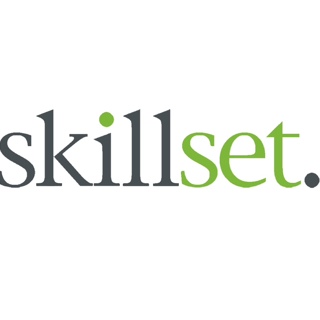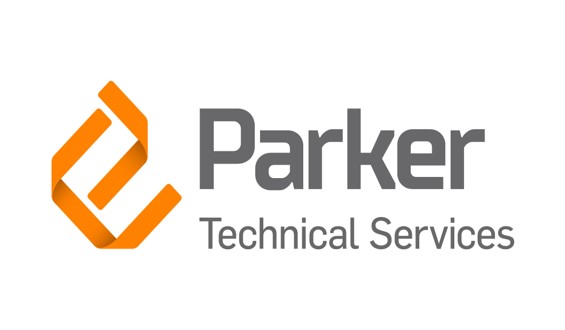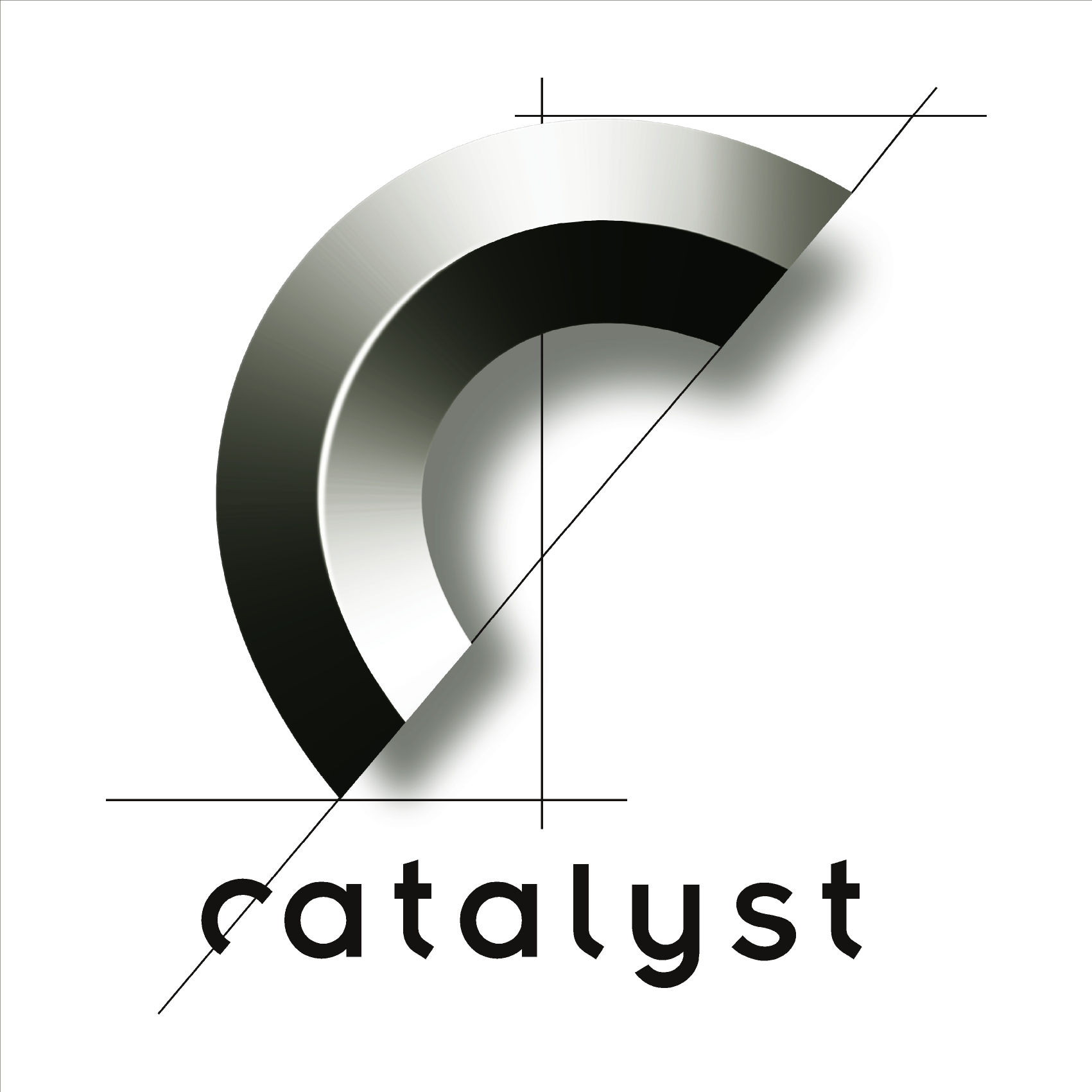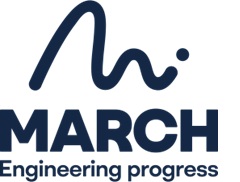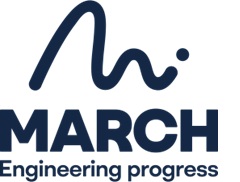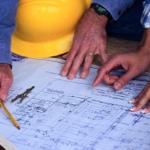Information
-
Document No.
-
Audit Title
-
Client / Site
-
Conducted on
-
Prepared by
-
Location
-
Personnel
Supervision Training and Instruction
-
Does the apprentice have their General Construction Induction "White Card"?
-
Is the apprentice supervised correctly? First and second year apprentices should have almost 100% supervision unless completing basic safe tasks.
-
Who can the apprentice talk to about safety issues?
1. Working at Heights
-
1.1. Are risks from falls (heights, service pits, trenches, holes etc) controlled?
-
1.2. Is the edge protection adequate?
-
1.3. Are barriers from service pits or trenches adequate?
2. Plant and Equipment
-
2.1. Is high risk plant operated by trained qualified and licences operators? ( cranes, forklifts, dogging, rigging, scaffolding, reach stackers, pressure equipment).
-
2.5. Are there Safe Operating Procedures (SOP)for high risk plant?
-
2.6. Is plant inspected and maintained in accordance with manufacturers instructions and licensing requirements?
-
Are pressure vessels, boilers, cranes, concrete placement booms inspected and certified?
3. Scaffolds
-
3.1. Are licences scaffolders used to erect scaffolding over 4 m in height?
-
3.2. Is scaffolding safe? No missing handrails, planks, access easy and safe, bracing in place, on stable ground with sole plates.
-
3.3. Does scaffolding get inspected on a regular basis by a competent person?
-
3.5. Is there a no tamper sign and contact details of the scaffolders in place?
4. Lifting Equipment
-
4.2. Have hazards to lifting equipment been identified and controlled? Electrical power lines, lifting over public, traffic ect.
-
4.4. SWL information displayed?
-
4.5. Daily inspection protocol?
-
4.6. Slings, ropes and chains in good condition?
5. Harness and Equipment
-
5.1. Are harness in good condition?
-
5.2. Are the attachment hooks and lanyards suitable?
-
5.4. Are there suitable anchor points available?
6. Ladders
-
6.1. Are ladders industrial rated and in good condition?
-
6.2. Unsafe positioning of ladders?
-
6.3. Ladder not properly secured?
-
6.4. Ladder unsuitable for job? (e.g. metal ladder used for electrical work)
7. Hazardous Manual Tasks
-
7.1. Do workers receive manual handling training?
-
7.2. Are workers supervised and instructed on correct lifting? Size up lift, clear pathway, straight back, bend knees, two person lifting, mechanical aids.
-
7.3. Inadequate risk controls? (examples: no job rotation, lighter loads, trolleys, lifting equipment, etc)
Asbestos, Lead Paint or other Hazardous Materials
-
Is there a process to identify hazardous materials?
-
Do you work with hazardous materials?
-
What are the processes for dealing with these materials?
8. Hazardous Chemical (including fuel and oil)
-
8.1. Unsafe storage location? (e.g. flammables near ignition sources, spills could enter stormwater drains, etc)
-
8.2. Incompatible chemicals stored near each other?
-
8.3. Inadequate spill containment equipment?
-
8.4. Safety Data Sheets not accessible on site?
-
8.5. Lack of emergency procedures for injury/spills/fire etc?
-
8.6. Excessive quantities stored on site or in vehicles?
-
8.7. Insufficient ventilation?
-
8.8. Insufficient, or incorrect, PPE?
-
8.9. Unsuitable storage containers? (unlabeled or stored in food containers)
9. Emergency Response
-
9.1. Are there emergency procedures for site?
-
9.2. Is there emergency signage onsite?
-
9.3. Have workers been trained in the emergency procedures?
-
9.4. Are sufficient first aid kits in the workplace?
-
9.5. Are there first aiders in the workplace?
-
If an apprentice is injured what is the procedure? First aid, hospital if required, report to Skillset, make that you put down Skill set as employer.
-
Is an accident investigation completed?
10. Traffic Management
-
10.1. Lack of, or inadequate, Traffic Management Plan (TMP) in place?
-
10.2. Lack of training in TMP for all persons on site? <br>(contractors and visitors)
-
10.3. Inadequate controls for TMP? (physical barriers, bollards, speed limits, flashing lights, spotters, etc)
11. Personal Protective Equipment (PPE)
-
11.1. Lack of, or inadequate PPE (including sun protection)
-
11.2. Lack of system to issue, inspect, replace and monitor PPE?
-
11.3. Lack of training in safe use, clean-up and inspection of PPE?
12. Work Environment
-
12.1. Lack of/or inadequate amenities? (toilets, wash areas, lunch rooms, etc)
-
12.2. Insufficient lighting?
-
12.3. Inadequate housekeeping?
-
12.4. Lack of, or inadequate noise/ vibration control?
13. Electrical Hazards
-
13.1. Unsafe electrical leads? (damaged, out of test date or untested)
-
13.2. Lack of RCD protection?
-
13.3. Contact with underground assets?
-
13.4. Contact with overhead electrical lines?
-
13.5. Overloading outlets?
-
13.6. Leads placed on ground or on metal structures?
-
13.7. Electrical equipment near water?
-
13.8. Electrical equipment near flammables?
-
13.10. Electrical leads that may be damaged from contact with moving machinery parts?
-
13.12. Lack of Lock-out/tag-out (LOTO) procedures for electrical equipment?
14. Environmental Hazards
-
14.1. Lack of/or inadequate Environmental Management plan (EMP)?
-
14.2. Is the adequate dust suppression system?
-
14.3. Is there adequate systems to prevent contaminants entering stormwater drains?
-
14.4. Is there a water re-use system?
15. Administrative Procedures
-
15.1. Are there site safety rules displayed?
-
15.2. Are there SWMS for high risk construction work available? Working at heights, electrical hazards, scaffolding, tilt slabs ect.
-
15.4. Adequate supervision and control of the site?
-
15.8. Are there incident notification procedures?
-
15.10. Are there consultative arrangements in place? What are they?
Corrective Actions
-
Enter any corrective actions that will be undertaken
Sign Off
-
On site representative
-
Auditor's signature
